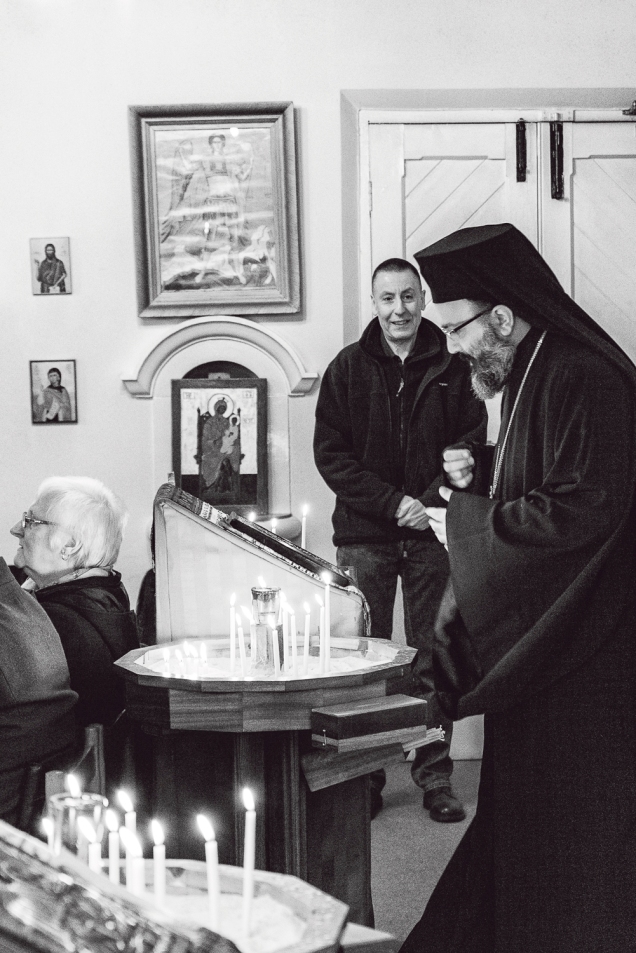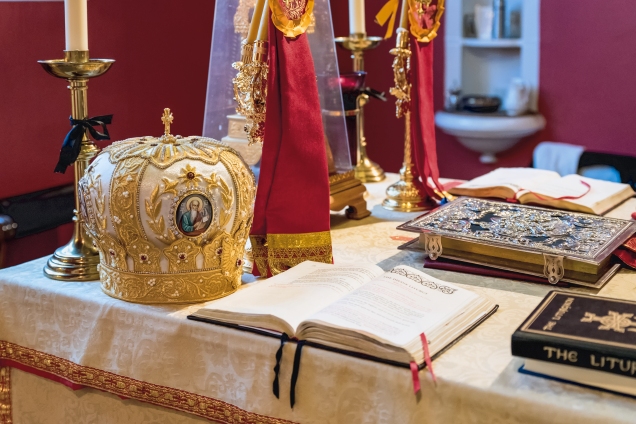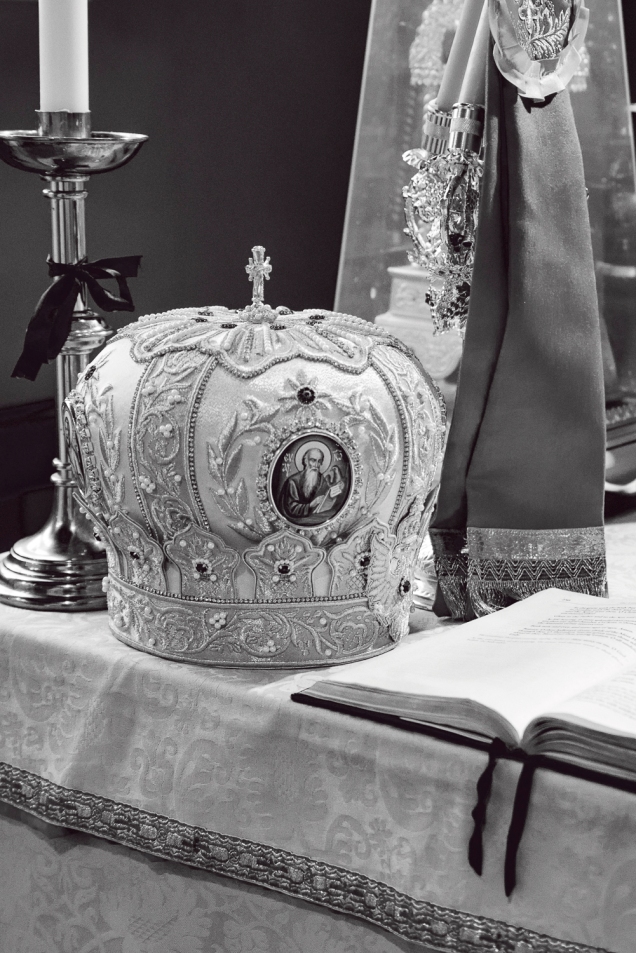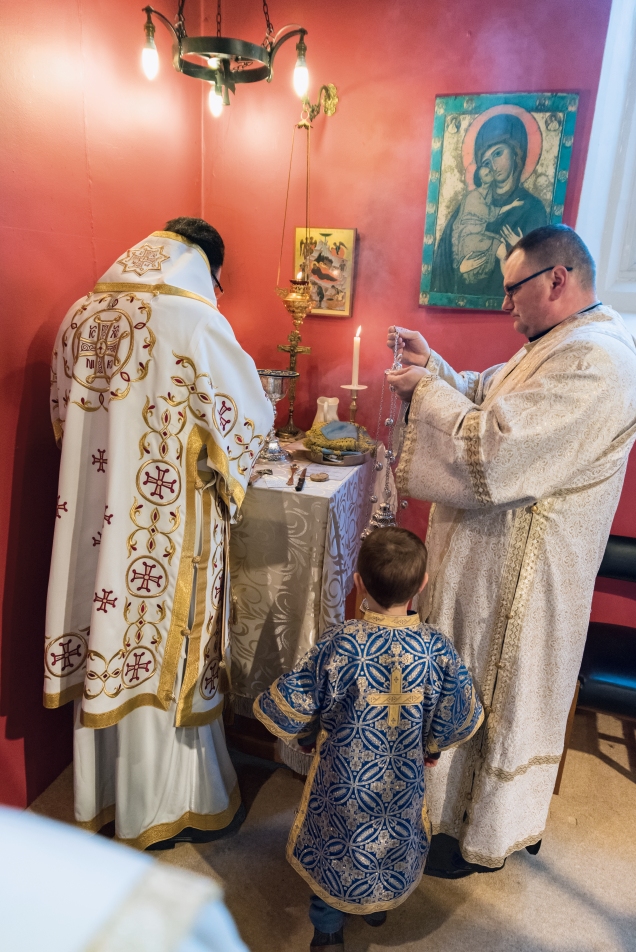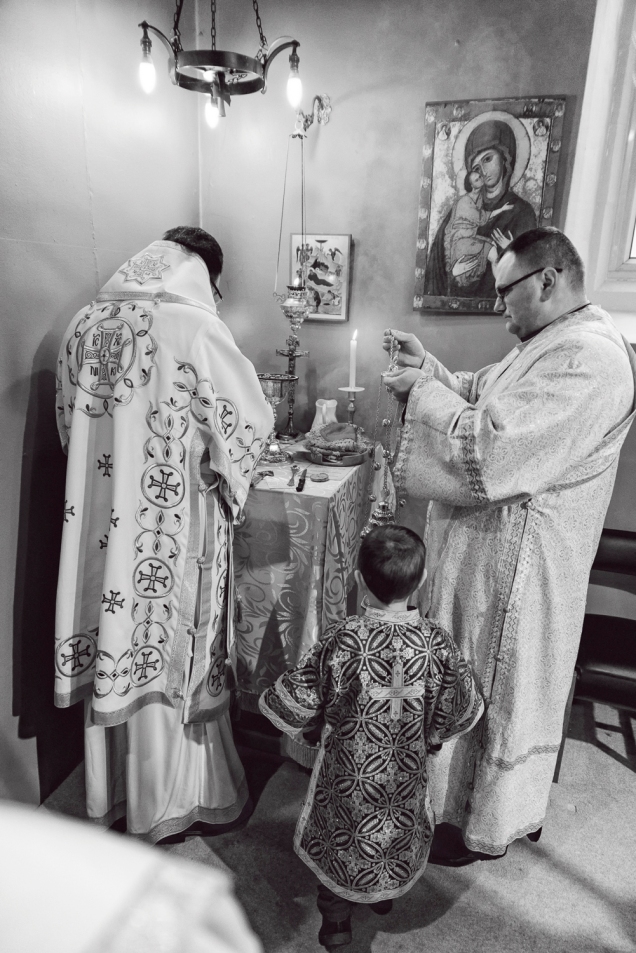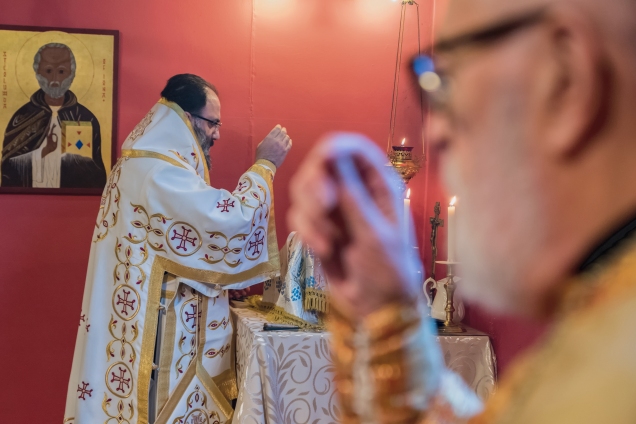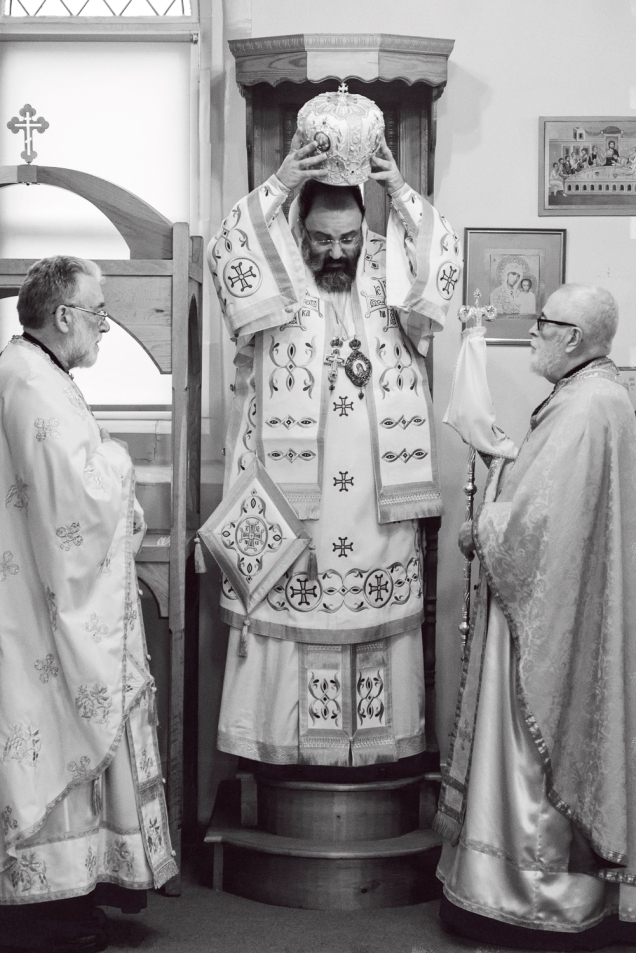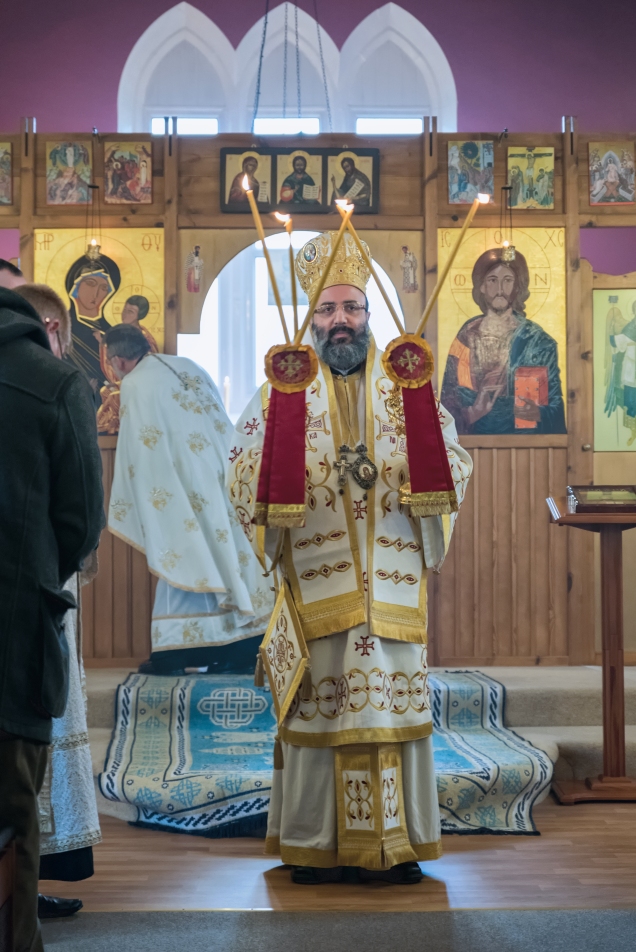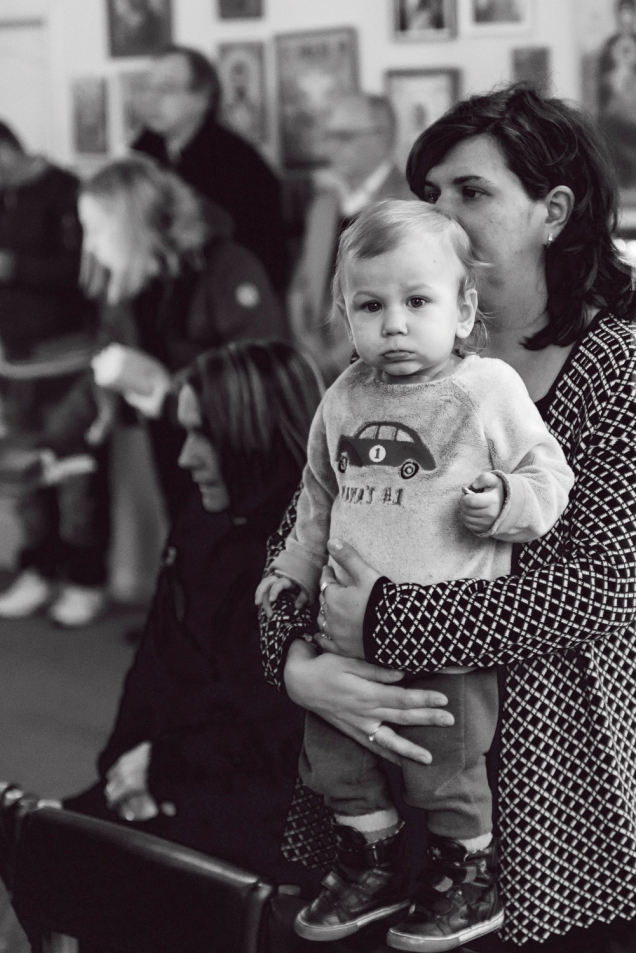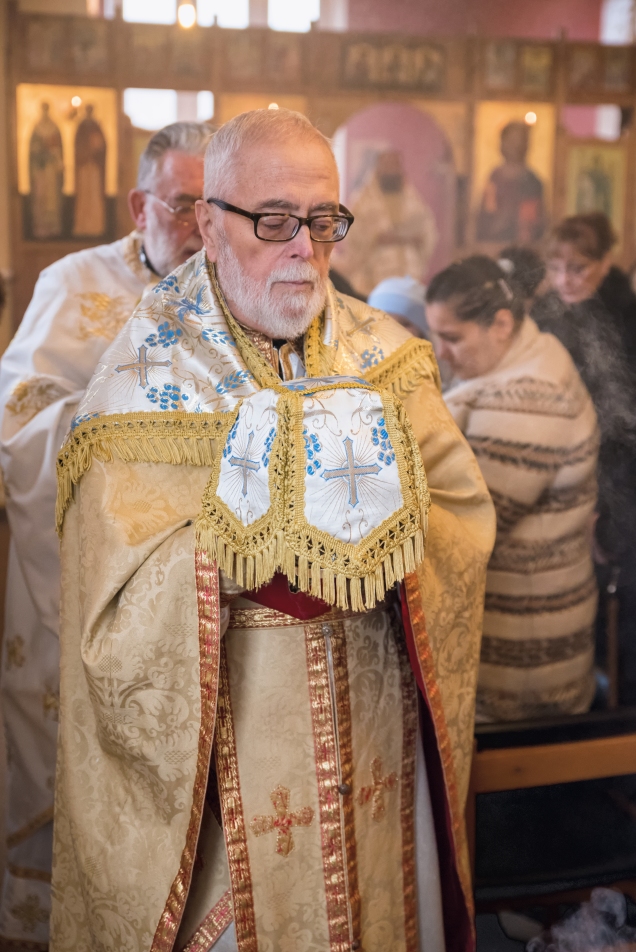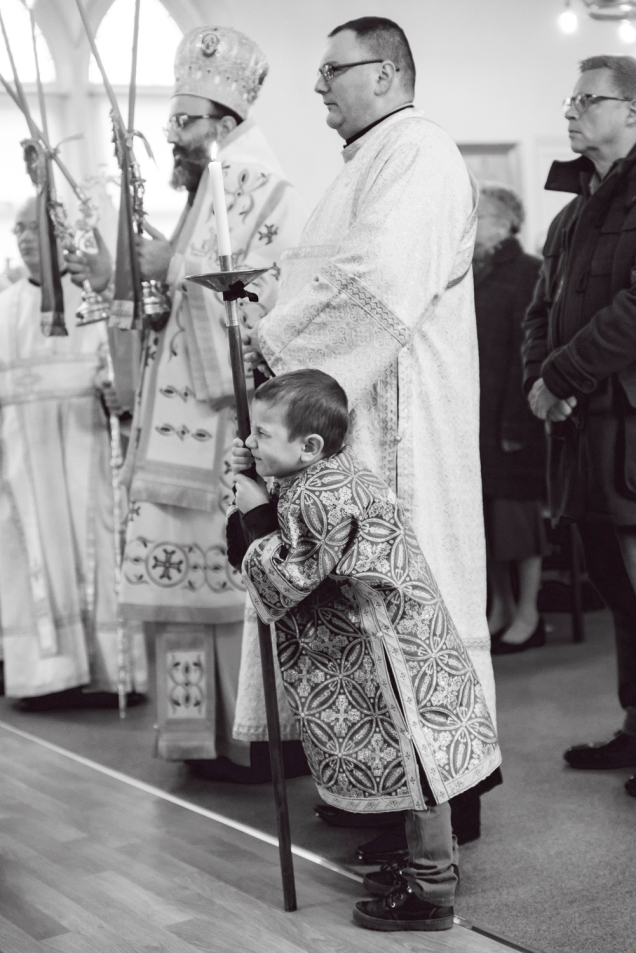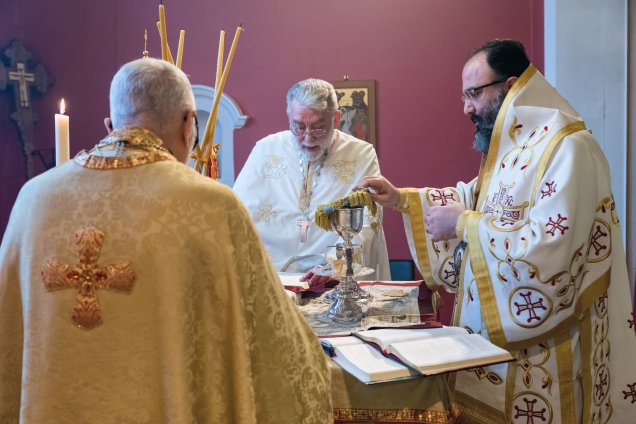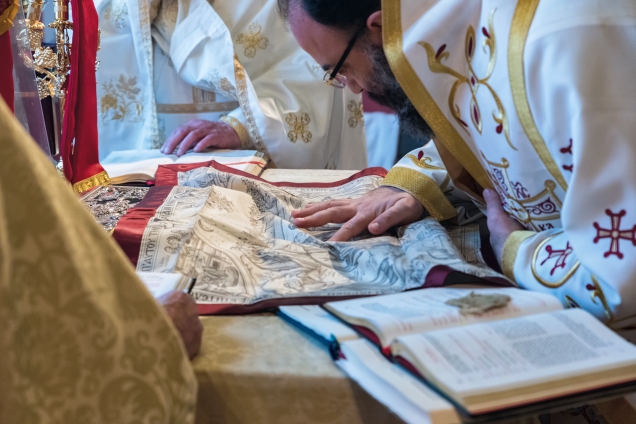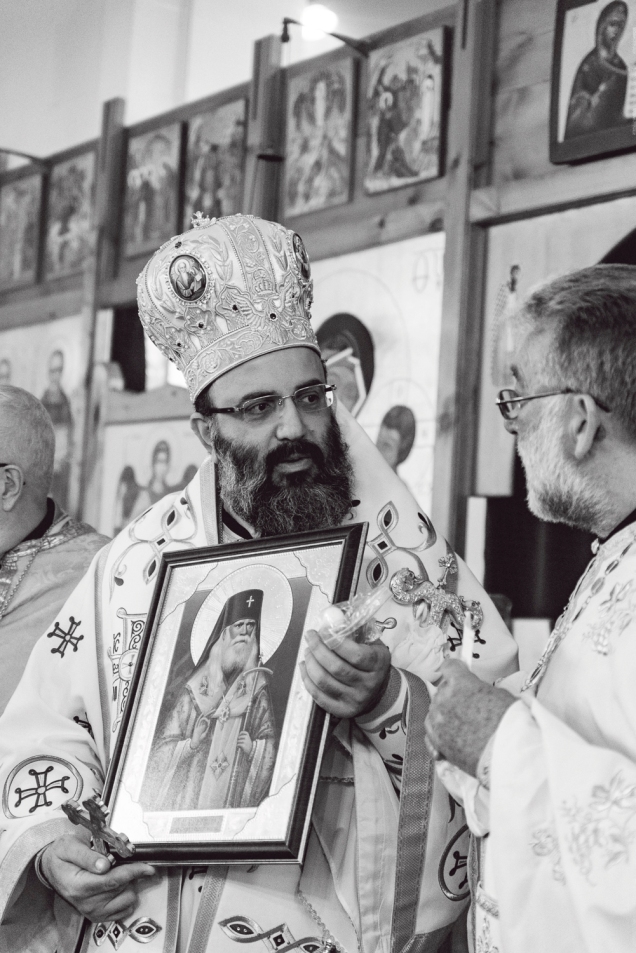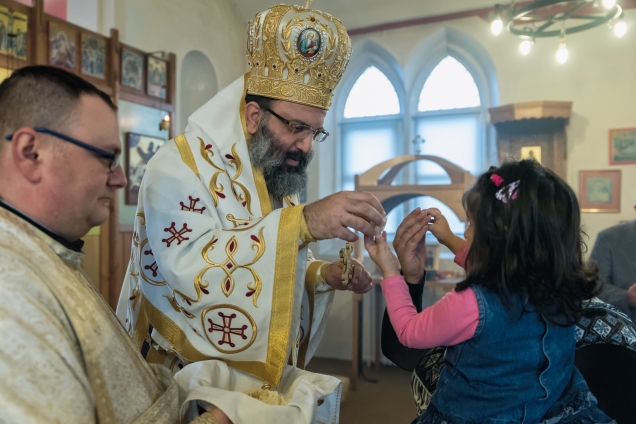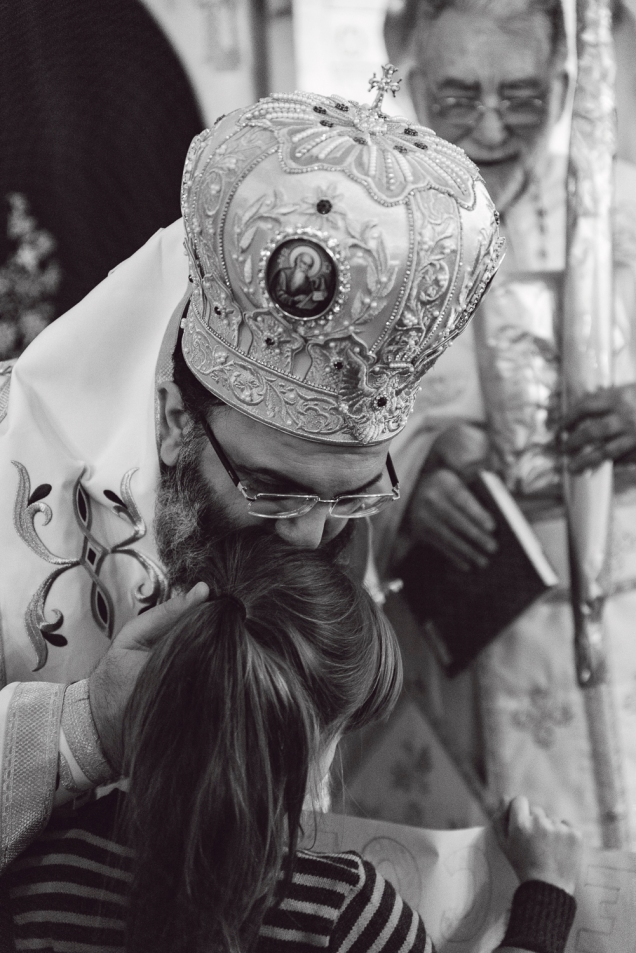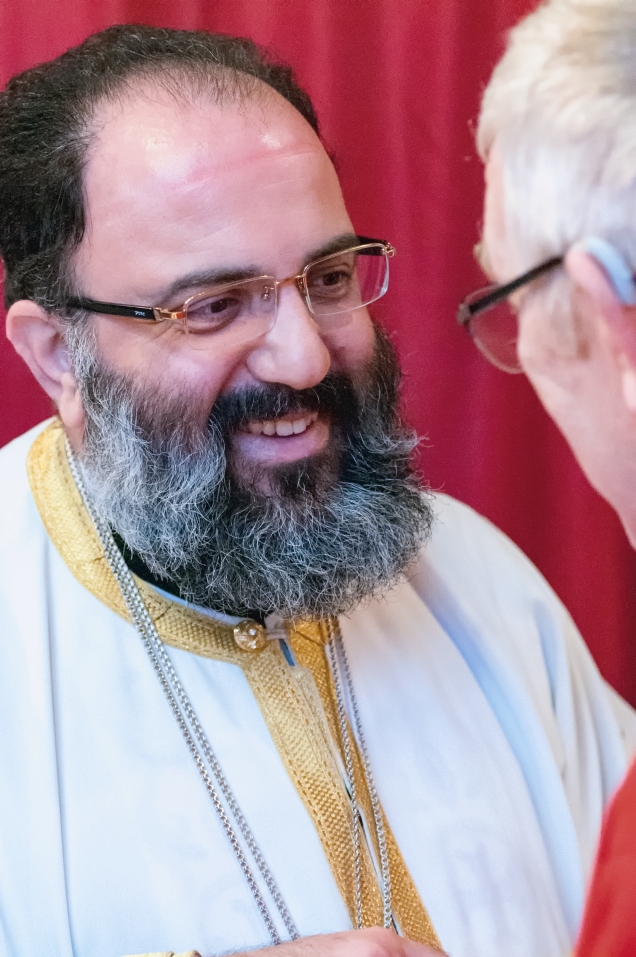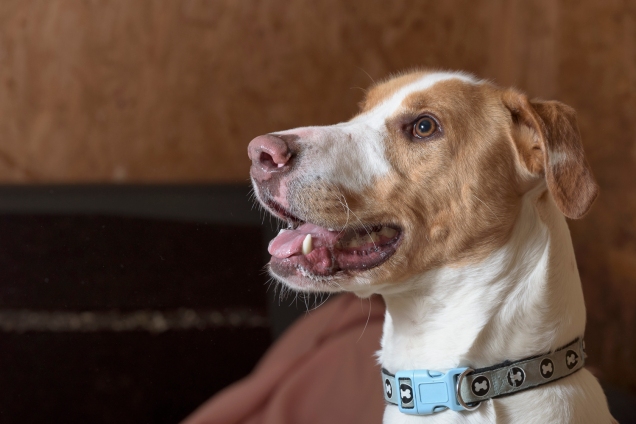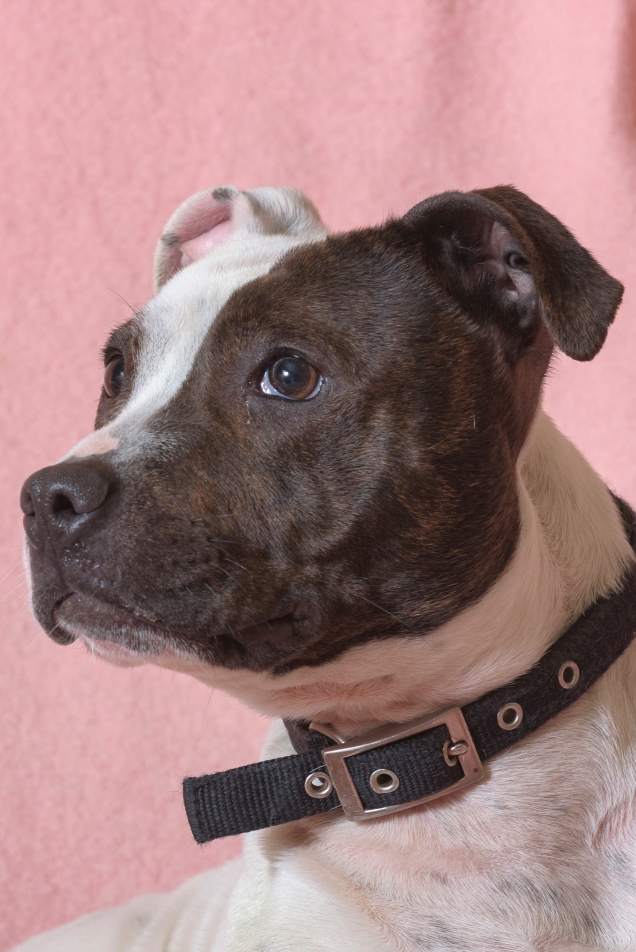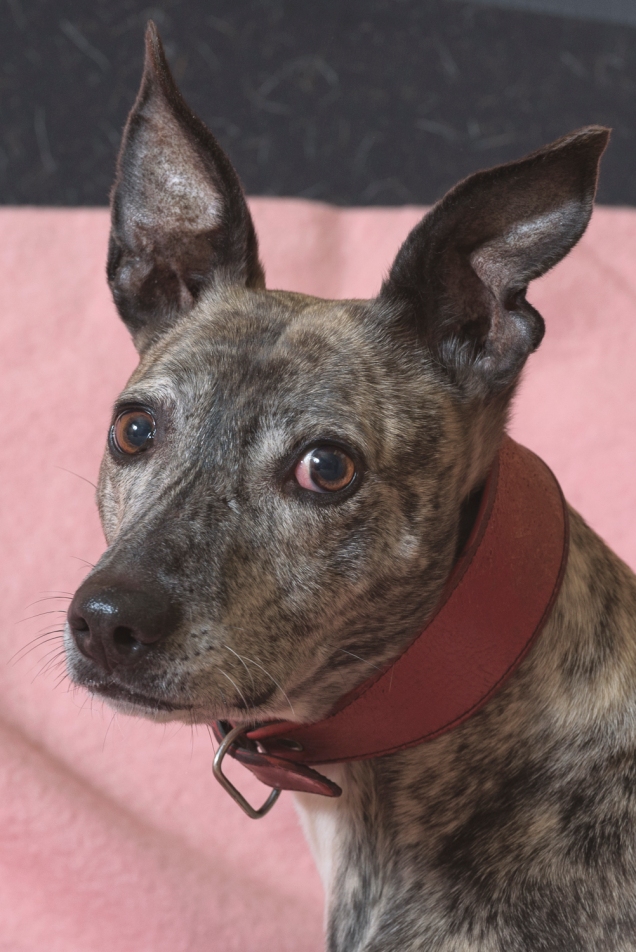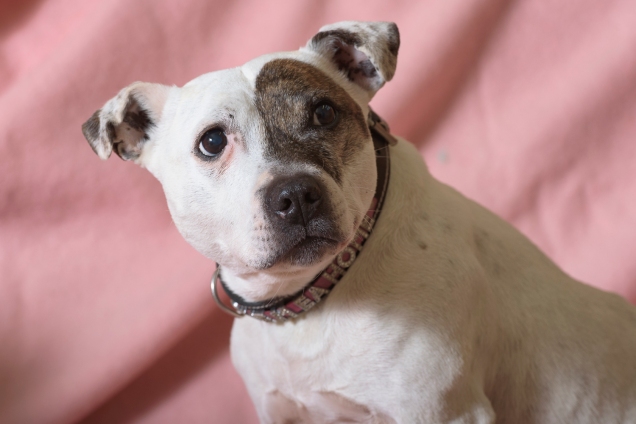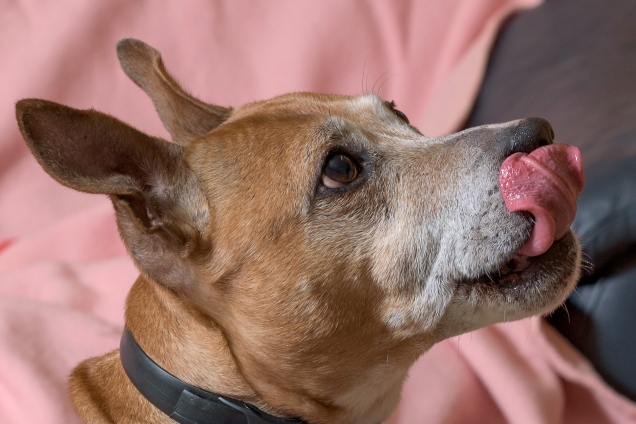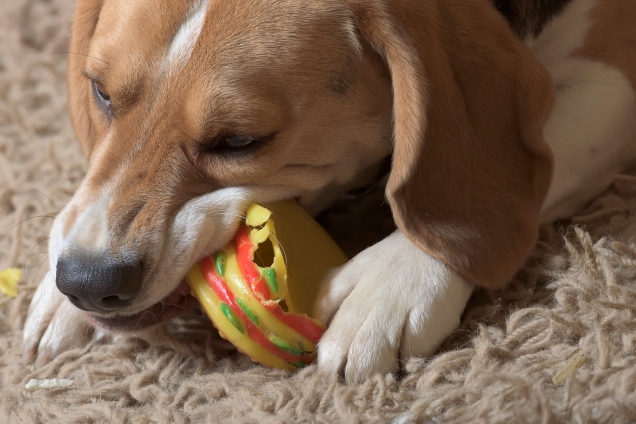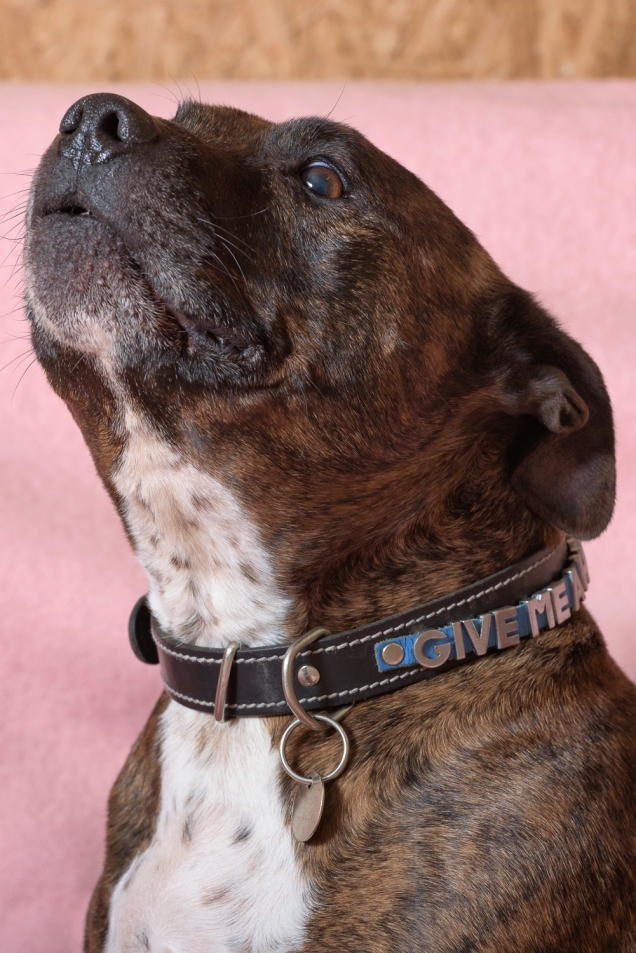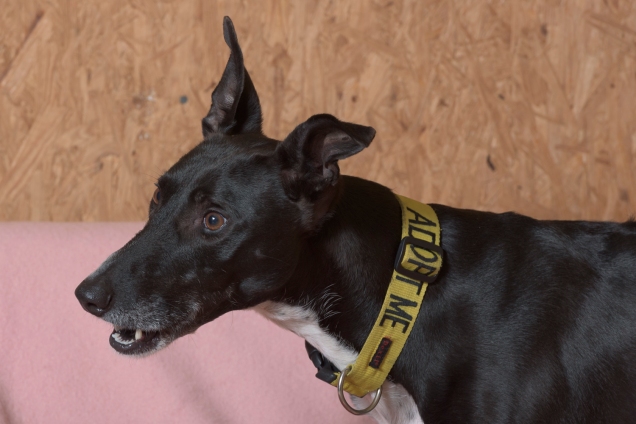In my tutor feedback, Les has asked my not be too hard on myself and this, sadly is a personal trait that has been with me prior to having the ability to hold a camera. I will however try, going forwards, to keep a little distance in my self-critique, remain reflective and not be overtly self-negative. This is a good point made by Les and one we have discussed over Skype. This will be demonstrated in more depth on my Context and Narrative course.
Be careful when choosing black and white, was another well-made critique. This was discussed at length and also in previous assignments with Les. Les knows I love black and white images (Sally Mann in particular), however on reflection, I have listened and taken on board this feedback. My final selection is in colour, as they were recorded on my sensor. I agree the colours do show the narrative more clearly, possibly because the lighting was poor in church and partly because this is how we would have seen it with our own eyes. This is something I have discussed in the past with Les and I now get it. With the black and white set, I was trying to show the “truth” of the Liturgy, but colour is unedited and therefore it must be closer to the truth than converted images, which have undergone a transformation process.
I have made my final edit based mainly upon colour and shape, with the final image showing the Metropolitan, as a “real” person and not just a senior member of the Orthodox church. I feel this adds to the narrative and places him as an individual. This image also enhances the feeling of being there, due to the depth of field and the fact that this is shot over someone’s shoulder.
I have listened and taken on feedback from Les about eye contact, losing impact in the series and affecting the overall feeling of this narrative. I have ensured no images in my final selection have any eye contact with me or the camera. I did not feel this was a problem prior to my tutorial, however on reflection I feel that this is a fair critique and the final edit is now better for it. Any eye contact simply places me in the scene as a photographer with a camera (weapon of intrusion) and loses the impact and feeling that the viewer was there (in the church), rather than the viewer just looking at a photograph.
I have made a further 3 re-edits since my Skype with Les, all of them in colour and I have used prints to do this rather, than on-screen images. This is something I have learned during the course and this type of editing is more beneficial than on-screen editing. The re-edit amounted to a further five hours of work, but this was well spent, not only as the final edit is better than my original, but it has given me further opportunity to practice this art, which is not by any means easy to master.
I have added the original edit and the final edit side by side below, to showcase my final series and to demonstrate my understanding and the progress made, even within the final assignment.
I have also chosen images that are both portrait and landscape, after discussing this with Les. He felt that this would not distract from the narrative. In my first edit, I had purely concentrated on portrait images, as I was under the impression that seriality can only be achieved in one aspect ratio. Examples of mixed ratios can be seen in Sally Mann’s Family Pictures featured on her website. Please refer to http://sallymann.com/selected-works/family-pictures (accessed 23/03/2017).
Please refer to my prints that I have submitted for my assessment, as the images need to be seen in print, in order to gain the optimal viewing experience.
As a postscript to this I have managed to sell over 200 images from the images on my contact sheet, with all the proceeds being generated to the church.
